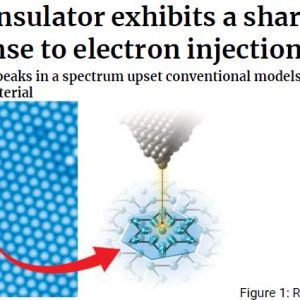
CAE ANALYSIS – PROPELLER BLADE
₩4,000
Basically propeller design aims at achieving high propulsive efficiency at low levels of vibration and noise, generally
with minimum cavitations. Achieving this aim is quite difficult with conventional propellers, as we know in modern world vessels
have become faster and larger, that is why propeller diameters have remained limited by draught and other factors. Nowadays
fiber reinforced composites are getting wide spread use in naval applications in recent times. Vessels and submarines like
torpedoes, container ships, etc. and these huge bodies require propeller to drive them. Their performance mainly depends upon the
efficiency of the propeller. Its surface finish and geometric properties will ultimately decide the efficiency of the propeller, which
are designed for deeper and moderate depth which is required for minimizing of structural weight for increasing payload,
Execution and operating range for that purpose Al alloy casting comes in use for fabricating propeller blades. In recent years the
increased demand for the low weight structural element with acoustic insulation has resulted to take fiber reinforced multi-layer
composite in account for propeller. This study carries out the structural analysis of a carbon fiber reinforced plastic aka CFRP
propeller blade which is likely to replace the Aluminum propel blade. Further propeller is applied to an external hydrostatic force
on alternate side of the blades based on the operating depth and water current around the propeller which also results in
differential hydrodynamic pressure between front and back surfaces of blades. For developing the fine mesh model HYPERMESH is
imported from SOLIDWORKS by converting it into IGES file. By varying material properties in pre-processing stage static structural
testing was conducted. And then by importing IGES file, further analysis was done using ABAQUS.





상품평
아직 상품평이 없습니다.